GOOD HEADLINE FOR LINKEDIN
In many cases, hiring managers and recruiters will make the decision to read your full LinkedIn profile based on just these three things. Consequently, a good LinkedIn Headline acts like a newspaper or magazine title. It gives the reader an idea of what your profile will include (just like a newspaper headline previews a story).
Your LinkedIn profile is a marketing piece — not a biography or a résumé. It’s not designed to outline your entire professional history. Instead, it provides enough information to get people to connect with you — and/or make a contact with you. Because it’s a marketing piece, you need to come up with a Headline that will instantly attract the attention of your reader. You have approximately 20 seconds to catch the attention of a visitor to your profile. Consequently, you must find a way to stand out in a crowd. If your profile is like every other profile on LinkedIn, you won’t stand out and you won’t be found as easily.
Standing out with your LinkedIn profile can mean highlighting the strongest qualifications you have for an employer in your LinkedIn Headline, backing up those qualifications with accomplishments throughout your profile, and using strategies that will help you become found by the people who most need someone like you.
Being specific leads to a much better LinkedIn Headline. Great LinkedIn Headlines attract attention and the more people who view your LinkedIn profile, the better your chances of connecting with the right person who can lead you to your dream job.
Your LinkedIn Headline needs to quickly identify you as a certain type of person — i.e., manager or executive, or someone who specializes in a certain field or industry. It can focus on the results you deliver or what you can do for a prospective employer.
A well-written LinkedIn Headline will also help you to structure the rest of the information you include in your LinkedIn profile. If the information doesn’t support the Headline, consider whether it should be included at all. Remember, focus is important.
Note: LinkedIn’s default for your Headline is your job title and company. If you don’t change it, this is what LinkedIn will show on your profile.
The Role of Keywords In Your LinkedIn Profile
You can also incorporate keywords throughout your LinkedIn profile, including:
— Your LinkedIn Headline
— Your current and former Work Experience
— Your About section on LinkedIn (formerly called LinkedIn Summary)
— The Skills section and other sections in your profile
Where can you find keywords? Brainstorm them. Write down a list of words that relates to you, your work, your industry, and your accomplishments. Try to come up with as big of a list as you can; you will narrow it down later.
You can also find keywords in job postings or job descriptions. Check out online job boards for positions (don’t worry about where the job is located, just find positions that are similar to the one you’re seeking and write down the keywords).
You can also find broad job descriptions — with plenty of keywords — in the U.S. Department of Labor’s free Occupational Outlook Handbook (http://www.bls.gov/ooh/).
Another great research tool is Google’s free AdWords Keyword Planner, which can be found at:
https://ads.google.com/home/tools/keyword-planner/.
You can use keywords you identified through your earlier research and it will suggest related keywords (it will also tell you the popularity of the keywords you enter as they relate to current Google search results).
Also, look at LinkedIn profiles of others in your industry — especially people who do what you do. However, note that you are looking for inspiration — not to copy their Headline exactly.
Now it’s time to narrow down your keywords and pick the “Top 10” that you will use in your LinkedIn Headline and profile.
The keywords that you select for your profile must fit two criteria:
- They must speak to your “uniqueness” — that is, what you want to be known for.
- They must align with what employers value — that is, what they want in an employee.
Focusing on these areas enables you to get the most out of your online efforts while differentiating you from other job candidates with the same job title. You need to express clearly: “I am this.” Someone who is reading your LinkedIn profile should be able to recognize you in it. If what you wrote could apply to anyone with your job description, revise what you’ve written.
How to Write an Attention-Getting LinkedIn Headline
You can learn a lot about developing your profile from online dating sites — because the concept is the same. You have to get someone’s attention. Your profile may be the first impression that hiring managers have of you — so make it count! You’re trying to get them to take the first step and reach out to connect with you.
Focus on what you have to offer a prospective employer; don’t focus on yourself. The information you provide should be 80 percent about what you have done for your current employer (accomplishments-oriented), and 20 percent about you and what you’re looking for. Unfortunately, most LinkedIn profiles (especially the About section!), are the reverse.
Here is what employers want to see. Think of it this way: Prospective employers are tuned into a particular radio station — it’s called “WIIFM.” All employers are listening for is: “What’s In It For Me?” (WIIFM). Remember: Employers hire for their reasons, not yours.
What proof do you have that you can offer the employer the results they are seeking? Quantify your accomplishments as much as possible in terms of numbers, percentages, and dollar amounts.
Don’t copy someone else’s LinkedIn profile. Be original! Look at other profiles for ideas, but don’t copy someone else’s LinkedIn Headline or About section. Remember — your online presence must speak to your “onlyness.” Also, give your profile some personality!
People who make a connection with you through your profile are more likely to contact you about a career opportunity.
Formula for Writing an Effective LinkedIn Headline
LinkedIn’s current algorithm gives a higher ranking to matching keywords, so strategy number two appeals more to computer searches, while strategy number one appeals to human readers. Eventually, all profiles found through computer searches will be reviewed by a human being, however, so it is important to balance readability with the inclusion of keywords.
You are limited to just 120 characters in your LinkedIn Headline, so it’s also important to be succinct and direct.
Things you can consider including in your LinkedIn Headline:
— Job titles
— Types of customers/projects you work with
— Industry specialization
— Brands you’ve worked for
— Certifications or designations
— Geographic territory specialization
Note: Remember, if you don’t write your own Headline, LinkedIn will create one for you — with the most recent job title in your profile and a company or organization name. This is very similar to strategy number one, so this is the most common type of LinkedIn Headline you will see on the site. But it’s not the most effective LinkedIn Headline.
To improve readability, capitalize the first letter of each of the words in your LinkedIn Headline.
Here are some strategies for writing your LinkedIn Headline, along with the advantages and disadvantages that go along with each tactic.
- KEEP IT SIMPLE. Say it simply and directly: Your job title and the company you work for. This is a good strategy if your job title is a strong keyword and/or the company you work for is well-known. The advantage is that it clearly communicates who you are and what you do; the disadvantage is that it doesn’t set you apart from many others who could claim those same credentials. (And it’s the default LinkedIn Headline, so it looks like you haven’t given any thought to your Headline.)
— (Job Title)
— (Job Title) at (Company Name)
— (Job Title) for (Industry) at (Company Name)
— (Job Title) Specializing in (Keywords)
For example, here is an example of a LinkedIn Headline that incorporates a job title and keywords:
- WHAT YOU DO. This strategy focuses on job functions instead of job titles. The advantage to this Headline strategy is that job functions often make excellent keywords. The possible problem is if you simply string together a bunch of job functions without creating a story to explain who you are — along with what you do — so make sure you add some context to your keywords/job functions.
Here is an example that uses job function and targets the kinds of clients this consultant serves:
- THE BIG BENEFIT. It’s important to identify the primary benefit you have to offer a prospective employer. Target what author Susan Britton Whitcomb says are “Employer Buying Motivators” in her book Résumé Magic. The 12 specific needs a company has include the company’s desire to: make money, save money, save time, make work easier, solve a specific problem, be more competitive, build relationships or an image, expand their business, attract new customers, and/or retain existing customers.
This can be expressed in several different ways:
-- (Job Title) That Gets (Results)
-- (Adjective) (Job Title) With a Track Record of Success in (Results)
For example:
Here is the same strategy, but this one quantifies the scope and scale of the benefit to the employer:
Here is the 2018 list:
• Specialized
• Experienced
• Leadership
• Skilled
• Passionate
• Expert
• Motivated
• Creative
• Strategic
• Successful
— Source: LinkedIn Pulse, Blair Decembrele Heitmann, March 2018
- AN ENTHUSIASTIC TESTIMONIAL. This LinkedIn Headline strategy works best when you’ve received honors or recognition within your field. This can be an extremely effective strategy if you word it correctly. The designation must be clear enough to stand on its own without too much detail. It if requires too much explanation, you may not have enough room within LinkedIn’s 120-character limit. A word of caution, however: Don’t trade on honors or recognition that are too far in the past. “Four-Time President’s Award-Winner for Revenue Growth in the Ball Bearings Industry” isn’t as impressive if those awards were for 2002, 2003, 2005, and 2007.
About the Author
Mandy Fard is a Certified Professional Resume Writer (CPRW, CMRW) and Recruiter with decades of experience in assisting job seekers, working directly with employers in multiple industries, and writing proven-effective resumes.
Feel free to connect with Mandy Fard on LinkedIn: https://www.linkedin.com/in/mandyfard/
Please follow Market-Connections Resume Services on LinkedIn:
https://www.linkedin.com/company/market-connections-resume-services...
Subscribe
All the recruiting news you see here, delivered straight to your inbox.
Just enter your e-mail address below
RecruitingBlogs on Twitter
Groups
-
Virtual Recruiters Netwo…
620 members
-
Recruiters On LinkedIn
1801 members
-
Corporate Recruiters
316 members
-
Recruiting tips for begi…
180 members
-
The Recruiting Bar
190 members
-
Recruiting Humor
222 members
-
News from the Recruiting…
34 members
-
Contractors Recruitment
62 members
-
Recruitment Process Outs…
194 members
-
Independent Recruiters
530 members
About
With over 100K strong in our network, RecruitingBlogs.com is part of the RecruitingDaily.com, LLC family of Recruiting and HR communities.
Our goal is to provide information that is meaningful. Without compromise, our community comes first.
Join the Network!
RecruitingDaily.com
One Reservoir Corporate Drive
4 Research Drive – Suite 402
Shelton, CT 06484
Email us: info@recruitingdaily.com
© 2025 All Rights Reserved
Powered by
![]()
Badges | Report an Issue | Privacy Policy | Terms of Service
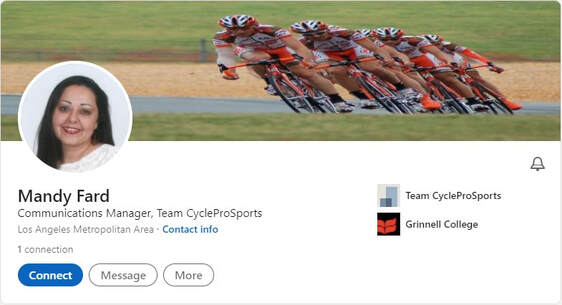
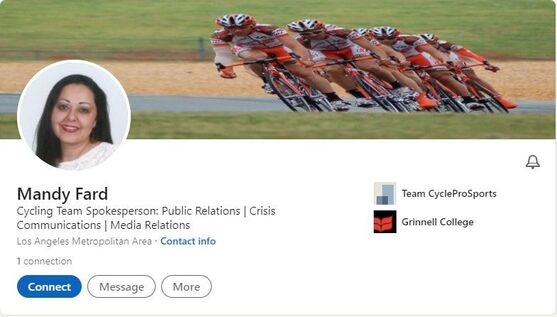
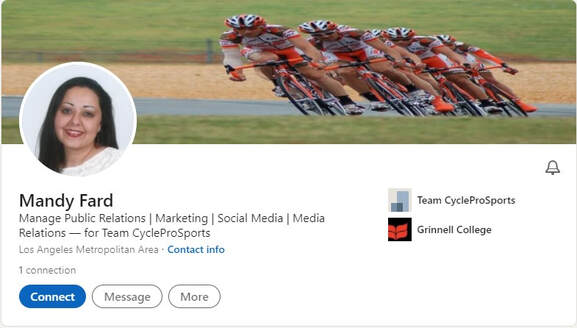
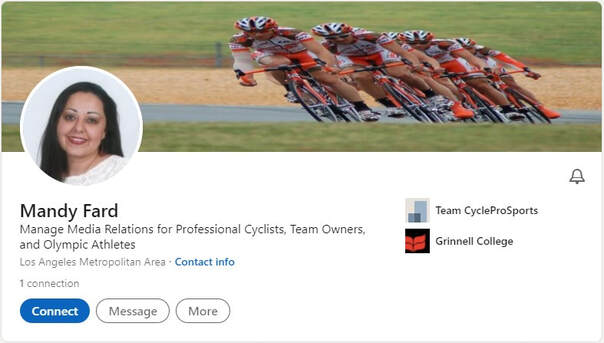
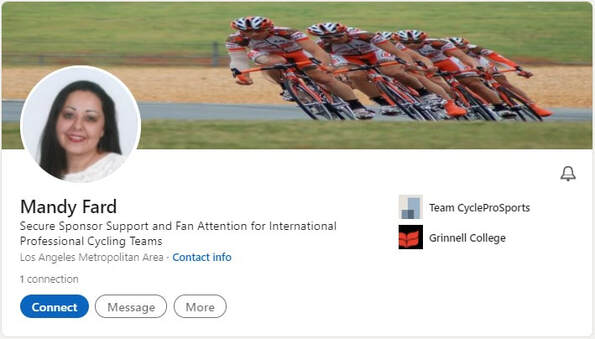
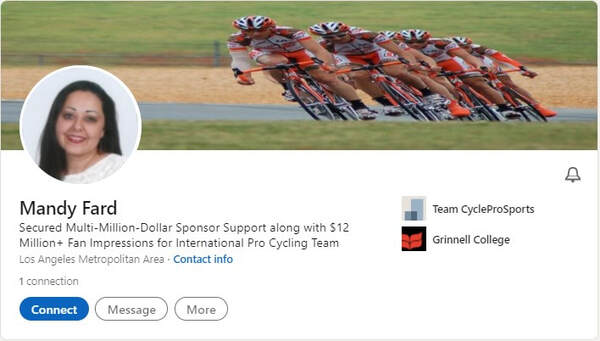
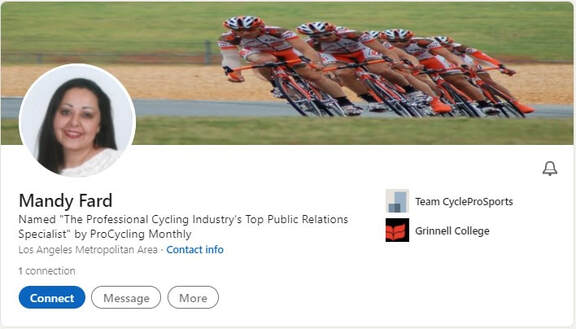
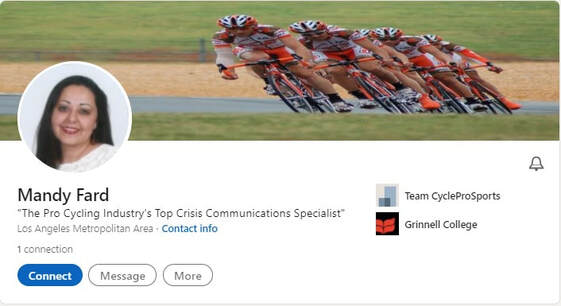

You need to be a member of RecruitingBlogs to add comments!
Join RecruitingBlogs